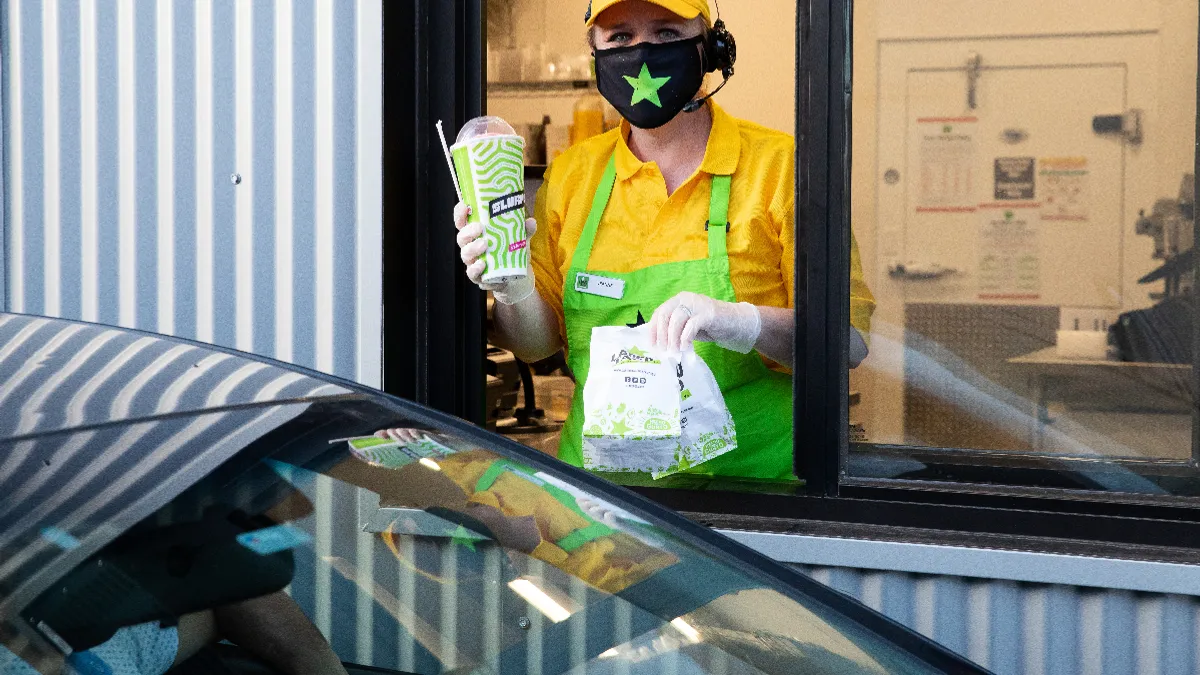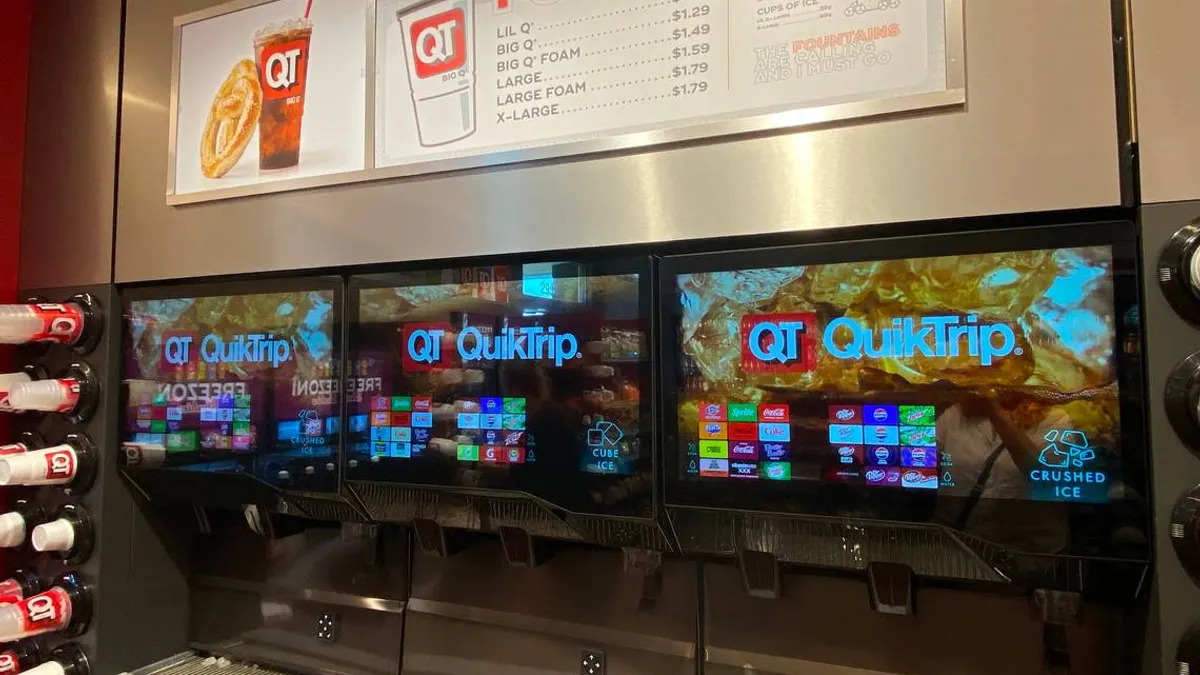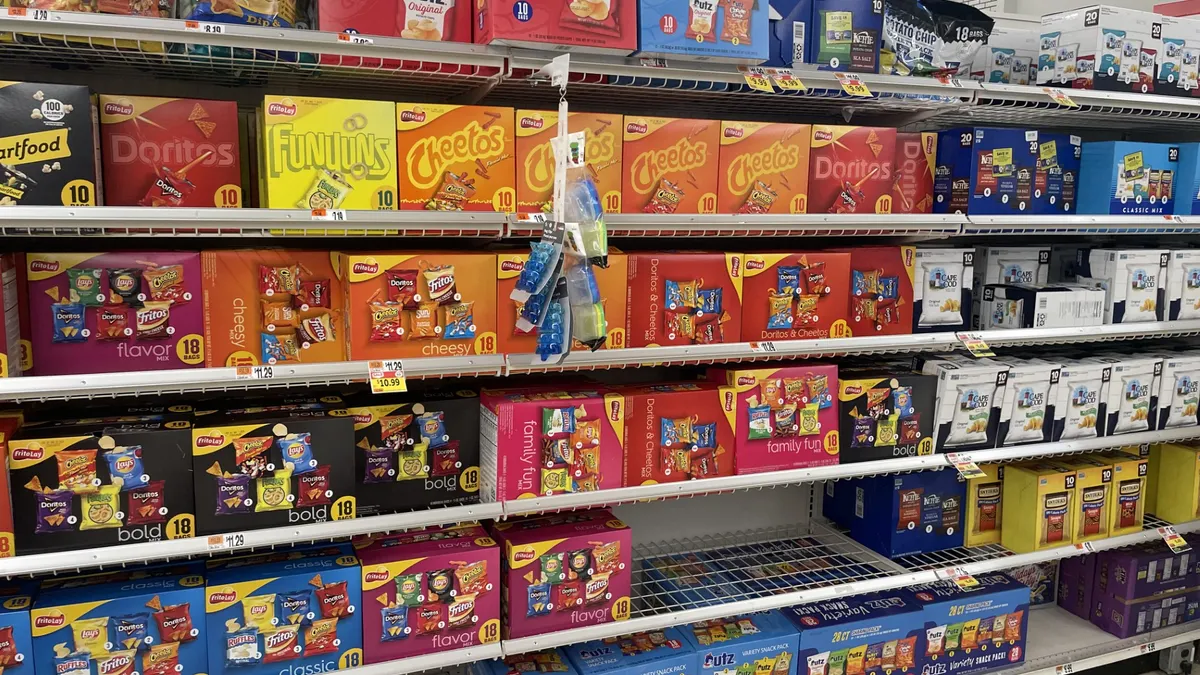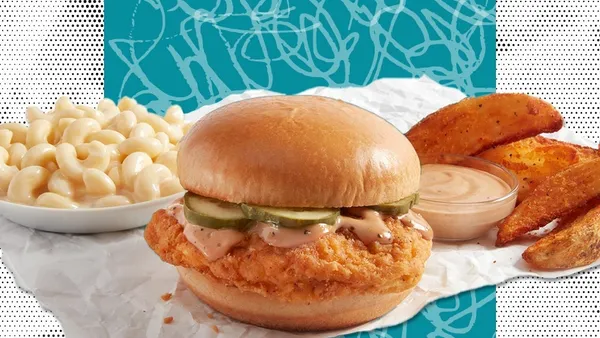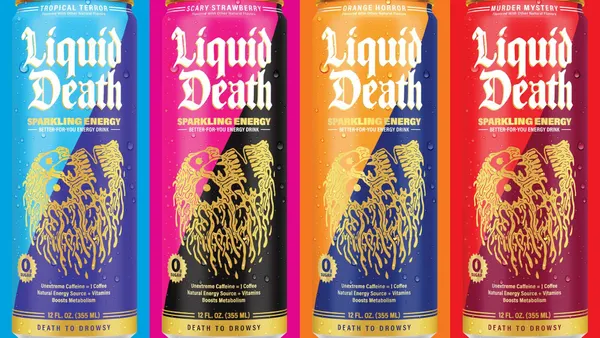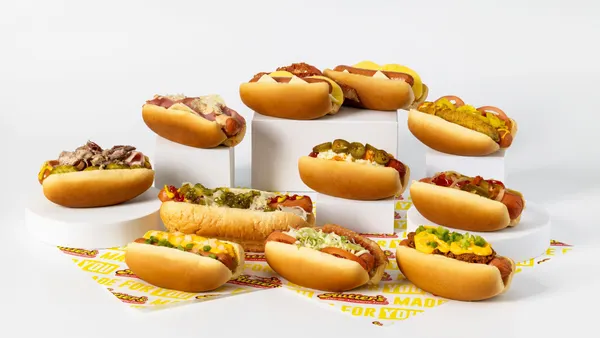The following is a guest post from Judy Chan, chief marketing officer at Bluedot, a customer arrival platform.
Foodservice has become a major focal point for c-stores as they ramp up efforts to lure in more customers with many accelerating innovations and strategies that look as though it’s right out of the QSR playbook. Just like QSRs or even fast casual restaurants, some brands are going beyond hot dogs and pizza and introducing new food concepts such as fresh, made-to-order items. With clean ingredients on the horizon, curated stackers, bowls and burritos will become the norm. NACS reported that in 2021 prepared foods grew 25.9%. We’re already seeing mobile ordering and delivery for convenience stores through third-party apps as a pit stop. Even drive-thrus and curbside pickup are emerging at some c-stores locations.

And those efforts appear to be paying off. Now nearly 6 in 10 consumers are putting c-stores on par with QSRs when hungry for fast food, according to the Convenience Experience Report. A recent NACS report revealed that total foodservice sales at c-stores grew to 24.1% in 2021, accounting for 35.5% of in-store gross profits. C-stores are also upping their game with digitization strategies that make pumping gas or stopping for an oversized soda easier, safer and, of course, more convenient.
It’s a new era for c-stores and gas stations as they begin to compete head to head with QSR brands. Here are some of the overlapping strategies and initiatives c-stores brands should already be prioritizing.
Contactless payments
Initially driven by the need for safety, the pandemic significantly accelerated the adoption of contactless payments across multiple industries, restaurants and retail especially. Some stores have even moved to a completely cashless model.
Whether at the pump or inside the store, contactless payments extend an immediate way for c-stores to remove friction and significantly reduce time during the payment process. The easiest payment options to offer include contactless credit cards where consumers can use one-tap pay at the POS or mobile wallets on cell phones where consumers can pay via Apple Pay or Google Pay. Bluedot’s recent Convenience Experience Report revealed that 83% of consumers are fearful of credit card fraud at the pump and would prefer not to insert their credit card when paying. To combat this, 34% would prefer to store their payment within the gas station's mobile app, 28% use one-tap payments with their credit card, and 23% use Apple Pay, Google Pay or Samsung Pay.
Brands can also provide autonomous checkout through their own mobile apps where consumers can scan items and check out on their mobile device. Not only is it faster and easier for customers, but it can also reduce a store’s staffing requirements.
Mobile ordering and pickup
Consumers have relied heavily on mobile app ordering over the past two years and that momentum shows no signs of slowing. Within the restaurant industry, the majority of consumers consistently downloaded new restaurant apps and continued to place more mobile orders according to the latest State of What Feeds Us report. Consumers also favored convenient pickup options like the drive-thru, curbside and in-store.
There’s significant demand within the convenience and gas station industry for mobile ordering, drive-thru and curbside pickup. The latest Convenience Experience Report revealed that 6 in 10 consumers would visit a c-store more often if these options were available. Some c-store and gas station brands like Wawa have built drive-thru only locations, while brands like Casey’s General Stores, Cumberland Farms, QuickChek and others have implemented curbside pickup.
Mobile ordering and designated pickup areas afford c-stores the opportunity to provide the next level of convenience for consumers, allowing them to skip the line or even bypass going into the store completely, while increasing customer affinity, engagement, loyalty and revenue.
Loyalty programs and engagement
Equally as vital for c-store brands today are loyalty programs with mobile apps to boost engagement and retention. Gas discounts are by and far the No. 1 reason consumers download and keep gas station apps, but most consumers (54%) are under the impression that gas discounts are only available if they sign up for a gas credit card. Moreover, three-quarters of consumers would join a gas loyalty program if it were free to join and 58% would join a loyalty program if it weren’t tied to a credit card.
Instead, brands should focus their efforts on catering their loyalty programs to the customer’s individual needs with personalized deals and offers, whether that’s a two-for-one drink special or cents off at the pump.
Brands should also consider adding a gamification element to their loyalty programs. Gamification enables brands to customize gaming experiences to further boost loyalty, engagement and app downloads. Some brands like Circle K and Stinker Stores have already started to implement gamification elements. Stinker’s gamification solution features new games every week and allows customers to earn digital stamps from purchases to win prizes.
Analytics
Mobile apps and loyalty programs provide brands with copious amounts of actionable data to analyze and orchestrate for data-driven operational and marketing strategies. These valuable metrics include dwell time to measure when a customer visited a location, for how long, and if they ordered on-premise or at the pump. Restaurants and retailers use physical journey data to make better-informed decisions around menu offerings, staffing, supply chain and more.
Whether at the pump or in the store, there’s an abandonment challenge. Consumers will walk out even if there’s a short line. Nearly half of consumers will walk out of a c-store if one or two people are in line at the register. One in 3 say they will drive off if there’s just one car in line at the pump.
With these insights, c-stores can drive operational decisions to help reduce lines and long waits that may deter drivers.
The future of c-stores is exciting as brands continue to rapidly invest in innovation, especially mobile strategies that deliver speed and convenience. And just like restaurant brands, c-stores that get the customer experience right will be better positioned to not only break away from the competition but increase market share.


